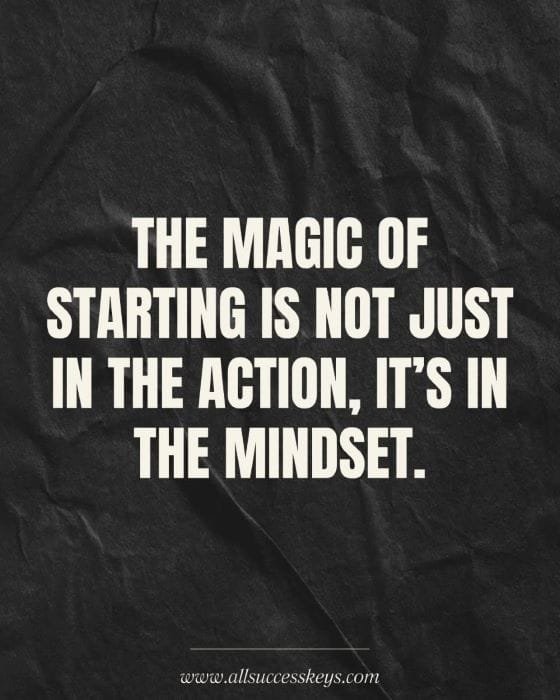Embrace Evolution: The Strategic Pathway to Growth
To achieve meaningful growth, one must first embrace the process of evolution. This journey is often characterized by stepping outside of comfort zones, confronting fears, and accepting the transformative challenges that lie ahead.
In cultivating an adaptive mindset, individuals can not only achieve personal milestones but also inspire those around them.
Here, we will explore four key methods, setting specific milestones, seeking constructive feedback, overcoming fears, and embracing change, each serving as a crucial building block in the pathway towards growth.
Setting Specific Milestones : The Power of Kaizen
Establishing specific milestones is essential for tracking progress and maintaining momentum in your growth journey. One effective method is the Kaizen approach, a Japanese technique that focuses on continuous, incremental improvement.
By breaking larger ambitions into smaller, manageable tasks, individuals can monitor their progress more effectively and remain motivated.
Kaizen Approach
Kaizen encourages setting tangible, short-term milestones that lead to long-term goals.
For example, if the goal is to improve public speaking skills, a Kaizen milestone could be practicing a speech for five minutes each day.
This method emphasizes gradual, consistent progress rather than overwhelming, large-scale efforts.
As the Japanese proverb says, “Fall seven times, stand up eight.”
Another traditional tool that complements the Kaizen approach is using a physical progress board or a milestone chart. This could be a whiteboard or a corkboard where milestones are visually represented and tracked.
Each small victory can be marked and celebrated, providing a constant visual reminder of progress and keeping motivation high.
Regularly assessing these goals and adjusting them based on progress provides a dynamic approach to personal development. This method not only enhances individual skills but also builds a culture of continuous improvement and resilience.
Seeking Constructive Feedback
Constructive feedback is a vital mechanism for growth, offering insights that challenge your perspective and enhance your approach.
360-degree Feedback Model
To effectively seek and utilize feedback, consider employing methods such as the 360-degree feedback model, which gathers input from peers, supervisors, and subordinates.
This holistic view can help highlight strengths and areas for improvement.
Creating a culture of openness, where feedback is welcomed and discussions are encouraged, nurtures self-awareness and promotes a continuous learning environment.
Additionally, tools like feedback journals can help individuals reflect on received feedback and track their development over time.
Overcoming Fears
To fully embrace evolution, one must confront and overcome fears that inhibit progress.
1-to-10 Method
Techniques such as visualization can be powerful; by imagining success in vivid detail, you can reframe worst-case scenarios and diminish the power of fear.
The “1-to-10 Method” is another practical approach: list your fears on a scale of 1 to 10, aiming to understand the root causes and potential outcomes of these fears.
Additionally, engaging in personal coaching or support groups offers a collaborative environment for sharing experiences and strategies for overcoming obstacles.
By addressing fear directly, individuals position themselves to leverage challenges as opportunities for growth.
Embracing Change
Growth inherently involves change, and embracing this reality paves the way for personal transformation. One effective strategy is to practice a growth mindset, approaching challenges with curiosity rather than resistance.
Instead of relying solely on well-known change management frameworks, consider the ADKAR Model, a lesser-known but powerful tool for navigating change.
To implement the ADKAR Model, start by building awareness of the need for change. This can be achieved through self-reflection and honest assessment of current circumstances.
Next, foster desire by understanding the personal benefits and motivations for embracing change. Acquiring the knowledge needed to make the change involves seeking out information, training, or new skills.
Developing the ability to implement change might require practice and incremental steps, much like the Kaizen approach discussed earlier.
Finally, reinforcement ensures that the change is sustained over time through positive feedback and continuous support.
The ADKAR Model
ADKAR stands for Awareness, Desire, Knowledge, Ability, and Reinforcement, and it focuses on guiding individuals through the stages of change on a personal level.
As the old saying goes, “The only constant in life is change.”
Embracing evolution is a transformative journey that empowers individuals to grow and maximize their potential. By setting specific milestones, seeking constructive feedback, overcoming fears, and embracing change, you lay the foundation for continuous personal and professional development.
As you embark on this path, remember these words :
Without continual growth and progress, such words as improvement,
Benjamin Franklin
achievement, and success have no meaning.
Are you ready to take your next step towards meaningful growth?


